About Waikato-Tainui
Waikato is a growing tribe of over 80,000, and just like our tuupuna before us, we are voyagers and pioneers. We present to you the ever-evolving Waikato-Tainui story.
Kiingitanga
“Whaiaa ko te mana motuhake”
The King Movement is the unifying korowai of Maaori. Kiingitanga was established in 1858 to unite all tribes under the leadership of Pootatau Te Wherowhero. Its primary goals were to cease the sale of land to Paakehaa, stop inter-tribal warfare, and provide a springboard for the preservation of Maaori culture in the face of Paakehaa colonisation. As it has done for the past 160 years, the role of Kiingitanga will still be the unifying thread of all Iwi, under the seventh monarch, Kiingi Tuheitia.
Strategic objectives
1. To retain our historical role as Kaitiaki o te Kiingitanga
2. To ensure Kiingitanga remains an eternal symbol of unity
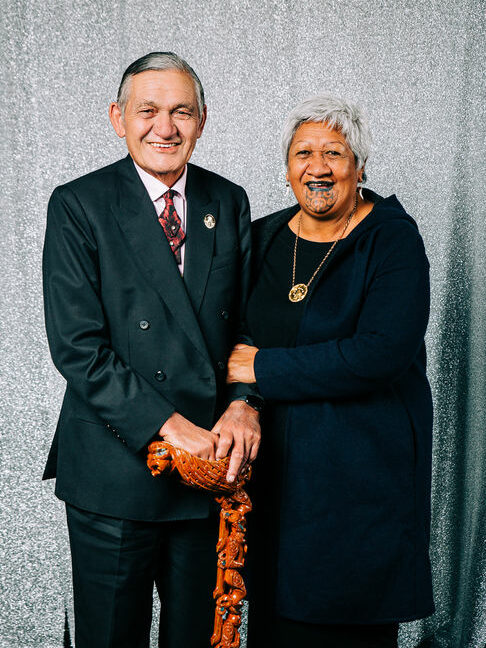
Te Arikinui Tuheitia Paki (current Kiingi) and Makau Ariki (Royal Consort) Atawhai
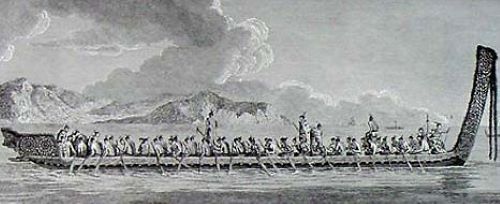
| Ko Mookau ki runga Ko Taamaki ki raro Ko Mangatoatoa ki waenganui. Pare Hauraki, Pare Waikato Te Kaokaoroa-o-Paatetere. |
Mookau is above Taamaki is below Mangatoatoa is between. The boundaries of Hauraki, the boundaries of Waikato To the place called ‘the long armpit of Paatetere’. |
Aspirations
strong in te reo Maaori and tikanga – aspiring to the heights of excellence and leadership
educated and trained to enable our true potential, growing our hard-won estate
caring for our natural resources and investing for our tamariki
marae that are self-sufficient and people who are socially and economically successful
Settlement Overview
“The Crown seeks on behalf of all New Zealanders to atone for these acknowledged injustices, so far as that is now possible, and, with the grievance of Raupatu finally settled as to the matters set out in the Deed of Settlement signed on May 22 1995 to begin the process of healing and to enter into a new age of co-operation with the Kiingitanga and Waikato.”
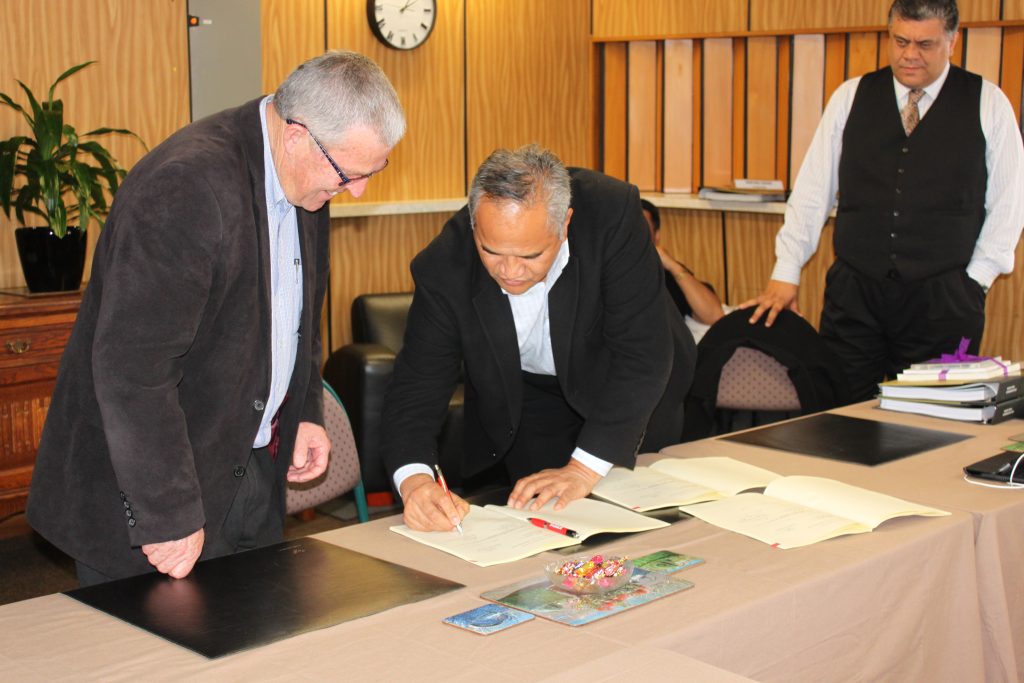
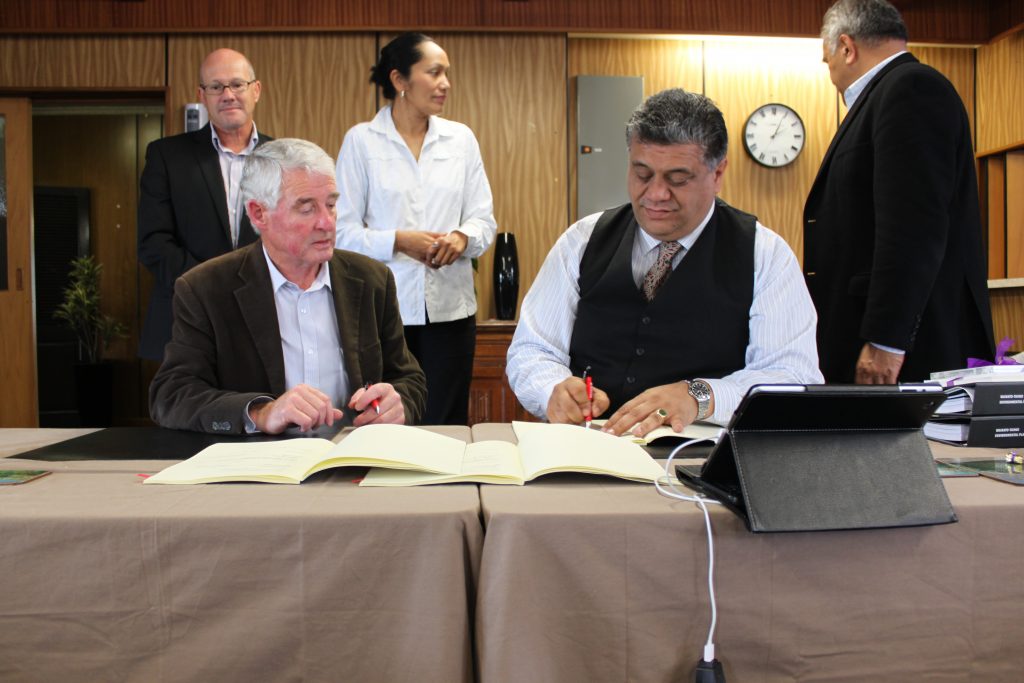
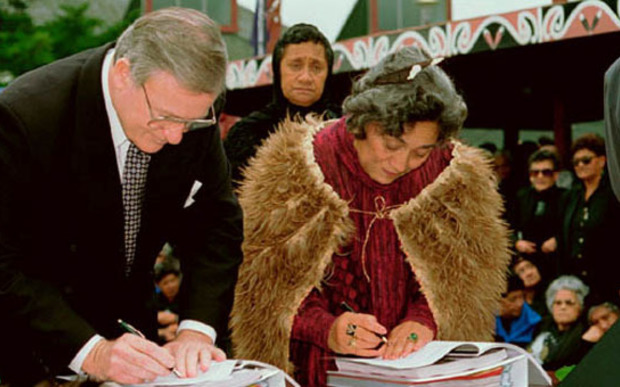
Ngaa Pou Herenga
Organisational StructureWaikato-Tainui’s purpose is to leverage opportunities for tribal members and marae through the Ngaa Tohu framework and initiatives.
Our focus is on optimising outcomes, increasing efficiencies and facilitating future partnership and procurement opportunities for tribal members. TGH aims to maximise return on investments and assets. The opportunity we have through combining our collective strengths is to identify and endorse the return on investments that have both an economic and social return for our tribal members and marae.
The College is the critical connection to the education ecosystem (through partnership opportunities with other education partners, marae and tribal member capability building and research.)
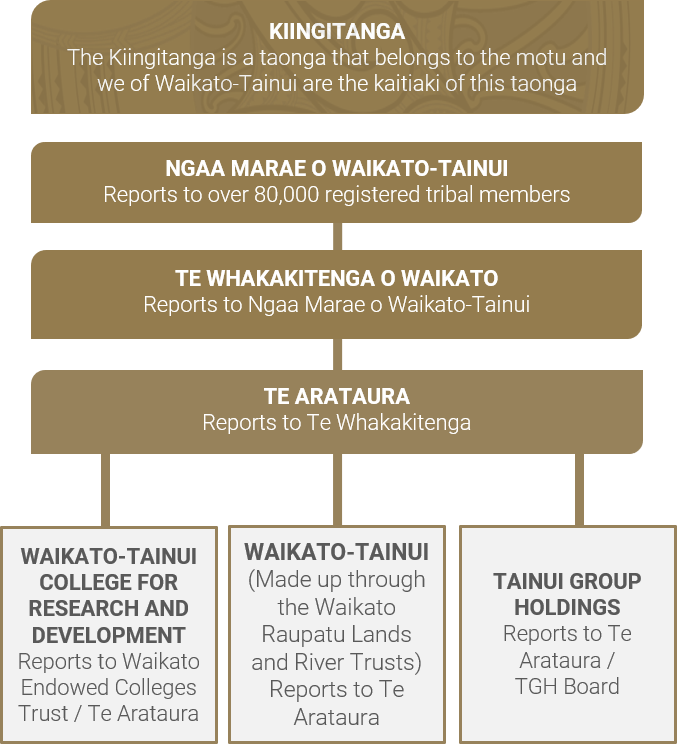
Ngaa Pou Herenga
Governance
Te Whakakitenga o Waikato Incorporated manages the collective assets of the iwi.
Te Whakakitenga o Waikato (formerly known as Te Kauhanganui) is the tribal authority that represents tribal members of the 68 Marae of Te Whakakitenga o Waikato. Tribal members elect two members from their Marae to represent them for three years on Te Whakakitenga o Waikato. Te Arataura is the executive committee of Te Whakakitenga and their responsibility is to oversees the tribe’s day to day activities.
Following the 1995 Waikato Raupatu Settlement, a governance model was implemented that incorporates a democratic structure.
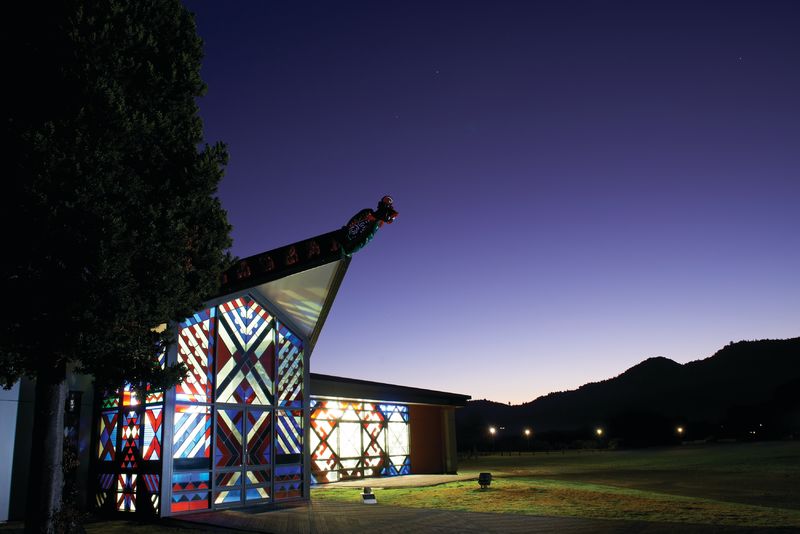
Chambers Building, Hopuhopu
Annual Report
Over these past 12-months, our iwi has been guided by the tongikura from Kiingi Tuheitia, “Amohia ake te ora o te iwi ka puta ki te whei ao – to protect the wellbeing of our people is paramount”. It was shared with us at a time of uncertainty and angst as the realities of COVID-19 began to take hold across the globe.
Our Marae
Across 33 Hapuu we have 68 Marae.
It is our responsibility to ensure we are taking full advantage of our strengths and resources to realise our Whakatupuranga 2050 vision
Te Kootuinga
Our Senior Leadership Team
Te Kootuinga are collectively responsible for providing leadership to our kaimahi (employees). Their leadership strives to work towards achieving the strategic objectives of Whakatupuranga 2050 the tribal blueprint.
| Donna Flavell |
Tumu Whakarae |
| Marae Tukere |
Pou Matua – Te Oranga |
| Sheree Ryan |
Aapiha Tumu Arumoni |
| Jason Ake | Pou Matua – Te Paahekoheko GM Engagement & Communications |
| Gwendoline Keel | Pou Matua – Te Mana Hautuu GM Governance & Legal |
| Taipu Paki |
Pou Matua – Nga Mana aa-Ture |
| Glenda Taituha |
Pou Matua – Ngaa Taonga Tuku Iho |
| Raewyn Mahara |
Pou Matua - Te Maatauranga |
| Alieta Waitoa |
Pou Matua – Ngaa Whakahaere |
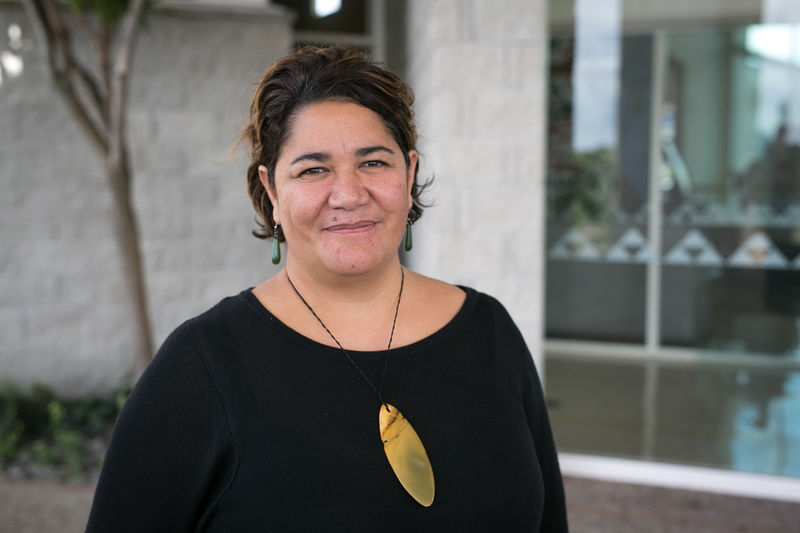
Donna Flavell – Tumu Whakarae • Chief Executive
Whakatupuranga 2050
Whakatupuranga Waikato-Tainui 2050 is the blueprint for cultural, social and economic advancement for Waikato-Tainui people. It is a long-term development approach to building the capacity of Waikato-Tainui Marae, hapuu, and Iwi.
Whakatupuranga 2050 will be our legacy for those who come after us.
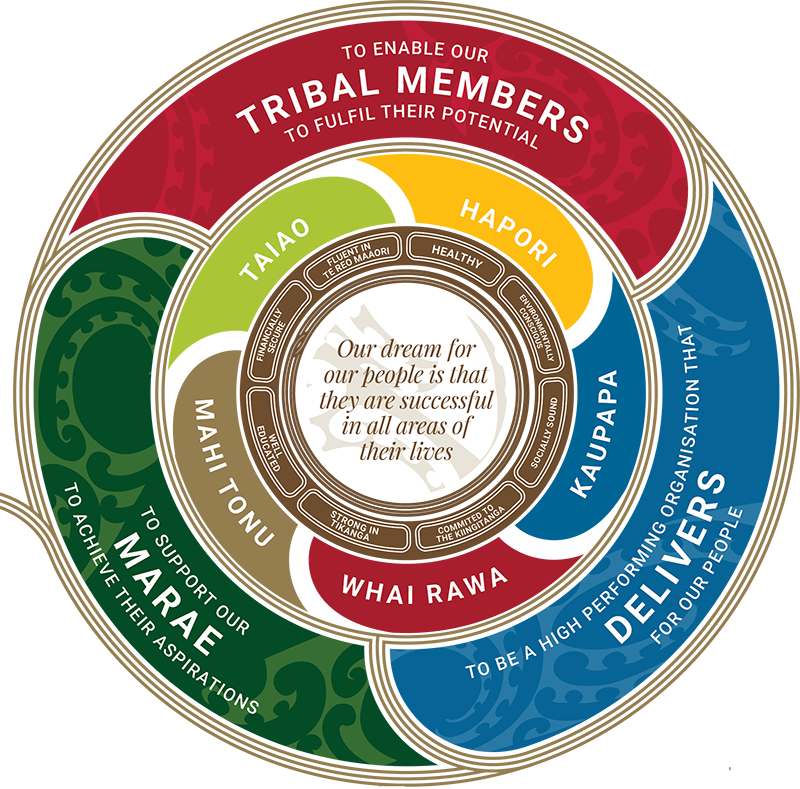
Ngaa Tohu Framework: Our five-year plan
Our settlement has enabled the building of a solid financial foundation. Armed with Whakatupuranga 2050, we have a blueprint for the cultural, social and economic advancement to build for better outcomes for our marae and tribal members.
In the changing global environment the world our future generations live in will be significantly different to ours. So our approach for moving forward is one that embraces change and focuses on supporting our marae and tribal members by optimising our resources, leveraging our relationships, and exhibiting efficient practices.
The prioritised work streams that are now seen in the Five Year Plan have been developed to deliver outcomes in line with our three strategic objectives, our Ngaa Tohu framework, and our Whakatupuranga 2050 aspirations.
